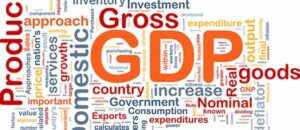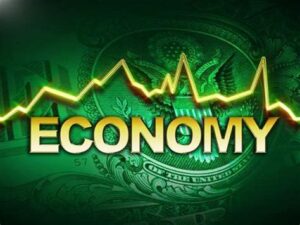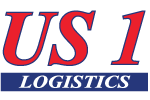What is a leading Economic Indicator?
A leading economic indicator is a measurable statistic or data point that is used to predict or anticipate future changes in the economy. Leading indicators are used by economists, investors, and policymakers to gain insight into the direction and strength of economic growth or contraction.
Leading indicators typically change before the economy as a whole starts to show significant changes. They are often used to predict the timing and direction of future economic trends, such as expansions or recessions. Examples of leading economic indicators include:
- Stock market performance: The performance of the stock market is often considered a leading indicator because it reflects investors’ expectations for future economic growth.
- Consumer confidence: Consumer confidence is a measure of how optimistic consumers are about the economy and their personal finances. As consumer confidence increases, consumers are more likely to spend money, which can stimulate economic growth.
- Housing starts: The number of new housing starts is a leading indicator of economic activity because it reflects the demand for new homes and the confidence of homebuilders in the economy.
- Unemployment claims: The number of unemployment claims can be a leading indicator of economic activity because it reflects the health of the job market and the level of economic activity.
- Manufacturing activity: Changes in manufacturing activity, such as new orders or production levels, can be leading indicators of economic growth because manufacturing is a key sector of the economy.
Overall, leading indicators are used to help predict economic activity and provide insight into the direction and strength of future economic trends.
Is the Transportation Industry consider a Leading Indicator for the Economy? 
The transportation industry can be considered a leading indicator of economic activity. This is because the demand for transportation services, such as shipping, trucking, and air travel, tends to increase as economic activity and production pick up.
When businesses are producing and selling more goods, they need to transport these goods to their customers, which leads to increased demand for transportation services. Similarly, as consumers have more disposable income and confidence in the economy, they are more likely to travel for leisure or business, leading to increased demand for air and ground transportation.
As a result, fluctuations in the transportation industry can provide insight into broader economic trends. For example, a decrease in demand for shipping or air travel could indicate a slowdown in economic activity, while an increase in demand for transportation services could signal an expansion in the economy.
How much advance warning do changes in the transportation industry give you before the Economy changes?
The amount of advance warning that changes in the transportation industry provide before the economy changes can vary depending on the specific changes and other factors affecting the economy. However, transportation industry data and trends can often provide early warning signs of changes in economic activity.
For example, a decrease in shipping volumes or a slowdown in air travel can signal a decrease in demand for goods and services, which could indicate a broader economic slowdown. Similarly, an increase in demand for shipping and air travel could signal an expansion in the economy.
However, it’s important to note that changes in the transportation industry are not always a reliable predictor of economic activity. Other factors, such as changes in government policy, global events, or shifts in consumer behavior, can also influence the economy and may not be directly reflected in transportation industry data.
Changes in the transportation industry can provide useful insights into the direction and strength of the economy, but they should be considered alongside other economic indicators and trends to gain a comprehensive understanding of the state of the economy.
What other Industries forecast the Economy?
In addition to the transportation industry, there are several other industries that can provide insight into the direction and strength of the economy. Some of these industries include:
- Construction: The construction industry is closely tied to the health of the economy, as construction activity tends to increase when economic growth is strong. Construction data, such as building permits and housing starts, can be used as leading indicators of economic activity.
- Retail: The retail industry is a major driver of consumer spending and can provide insight into the health of the consumer sector of the economy. Retail sales data and consumer sentiment can be used as leading indicators of economic growth or contraction.
- Manufacturing: The manufacturing industry is closely tied to economic activity, as manufacturing output tends to increase when demand for goods and services is strong. Changes in manufacturing activity, such as new orders and production levels, can be used as leading indicators of economic growth.
- Financial services: The financial services industry, including banking and insurance, can provide insight into the health of the broader economy. Changes in lending activity, interest rates, and credit quality can be used as leading indicators of economic activity.
- Technology: The technology industry is often seen as a leading indicator of economic growth, as technological innovation can drive productivity and economic activity. Changes in technology spending and innovation can provide insight into the direction of future economic trends.
Many different industries can provide insight into the direction and strength of the economy. By analyzing a range of data and trends across different industries, economists and investors can gain a more complete picture of the state of the economy.

Recent Comments